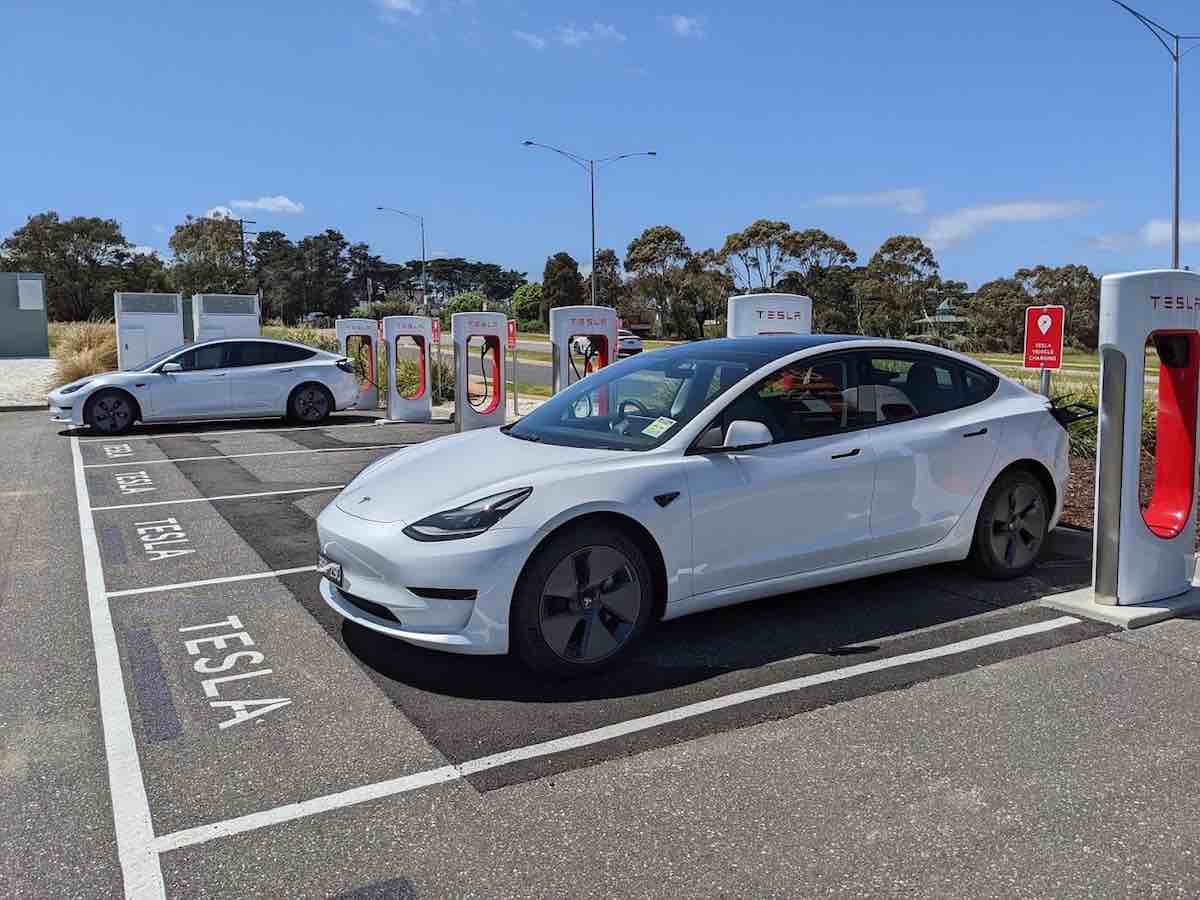TSLA Siempre
Member
According to this article:

Hertz says Tesla fleet of rental EVs are 50 pct cheaper to maintain than fossil fuel cars
Rental car giant says it’s making 50-60% savings on maintenance costs with its recently acquired Tesla fleet compared to fossil fuel cars.thedriven.io
the findings were released on an earnings call that took place on Monday, August 1, 2022. That would probably put it on the Q2 2022 earnings call (without checking it myself).
Does it surprise you that EV's cost 50-60% less to maintain than ICE cars or that Hertz would promote that finding? Do you drive EV or ICE?
I drive a Tesla and I know EV's have lower operating costs than ICE. That is very different from a large fleet operator confirming from real world experience that their costs are 50-60% less (which would obviously be a big deal). I'm willing to believe it, but I'd like to confirm that from the source rather than blindly believe stuff printed on a random website. And just FYI, this is the Q2 2022 call transcript:

Hertz Global : Q2 2022 Transcript
REFINITIV STREETEVENTS EDITED TRANSCRIPT HTZ.OQ - Q2 2022 Hertz Global Holdings Inc Earnings Call ...
www.marketscreener.com
I don't see reference to the 50-60% less cost. If someone can find this verified by the Hertz management team elsewhere, I'd be delighted.


